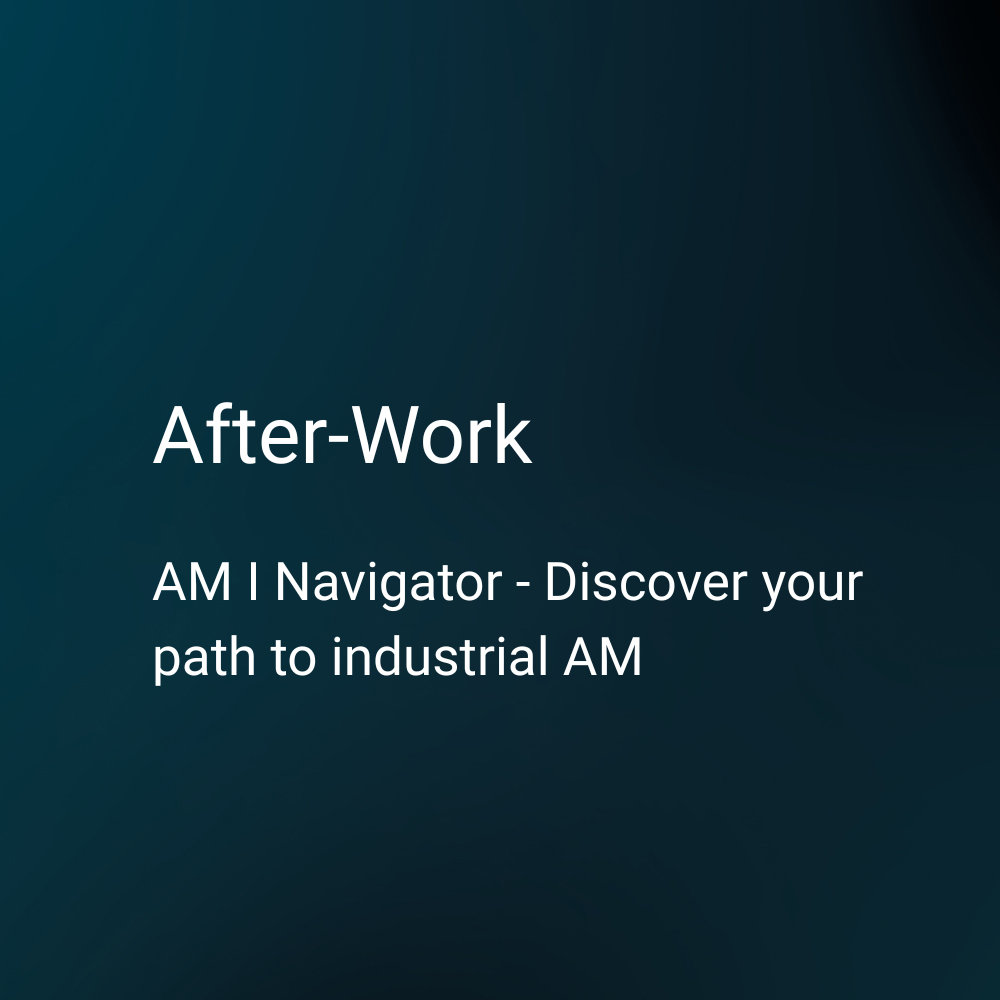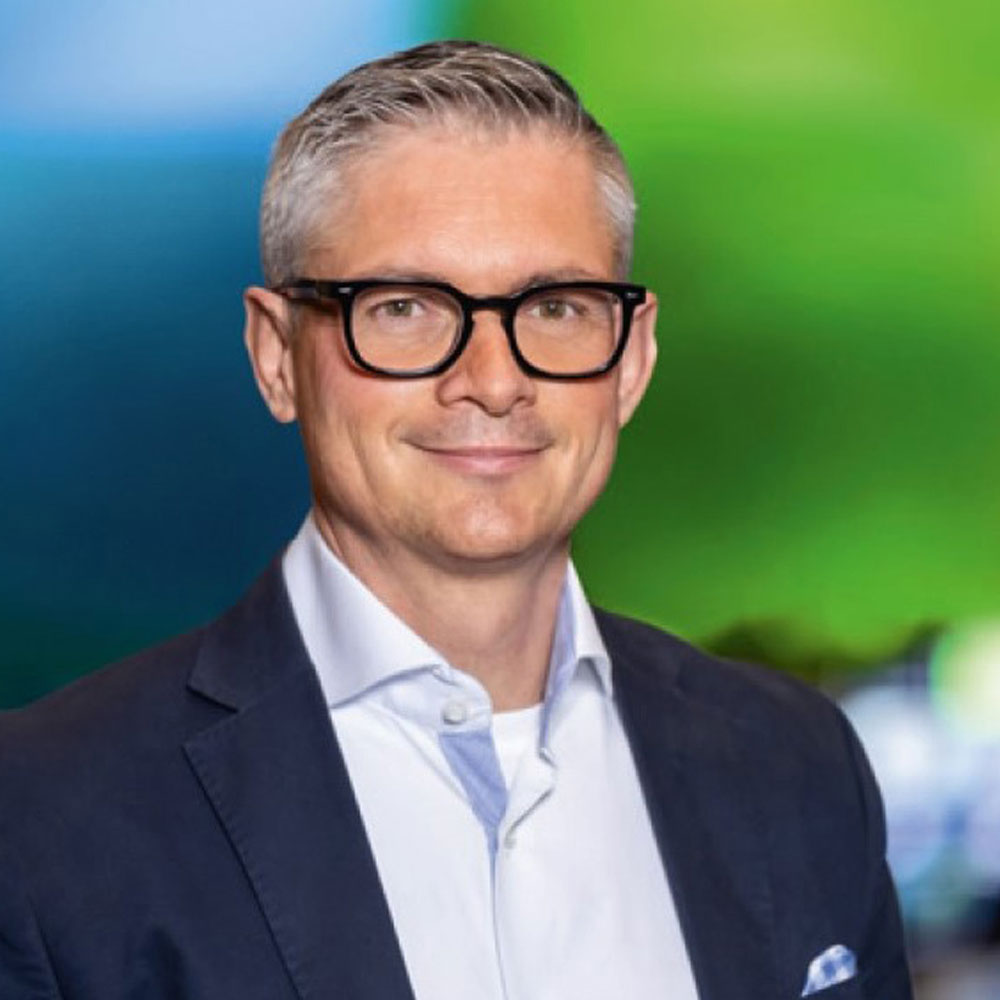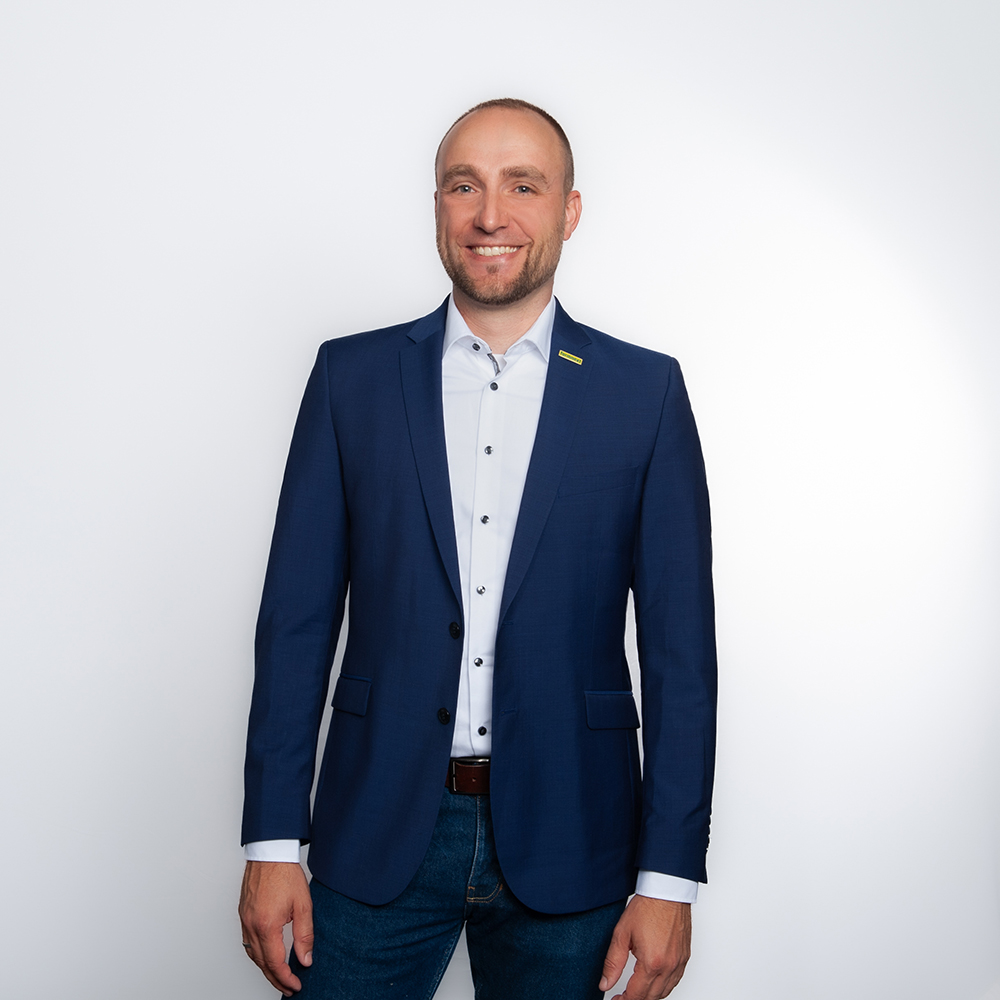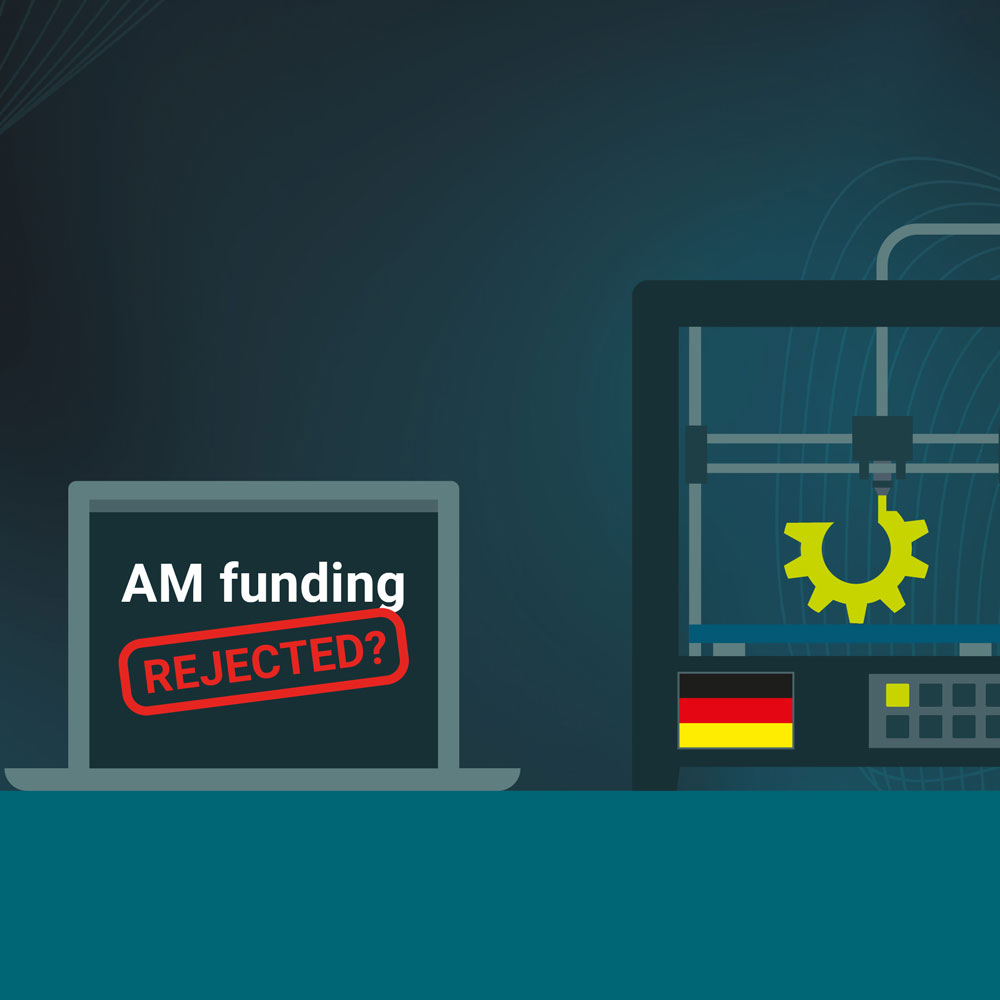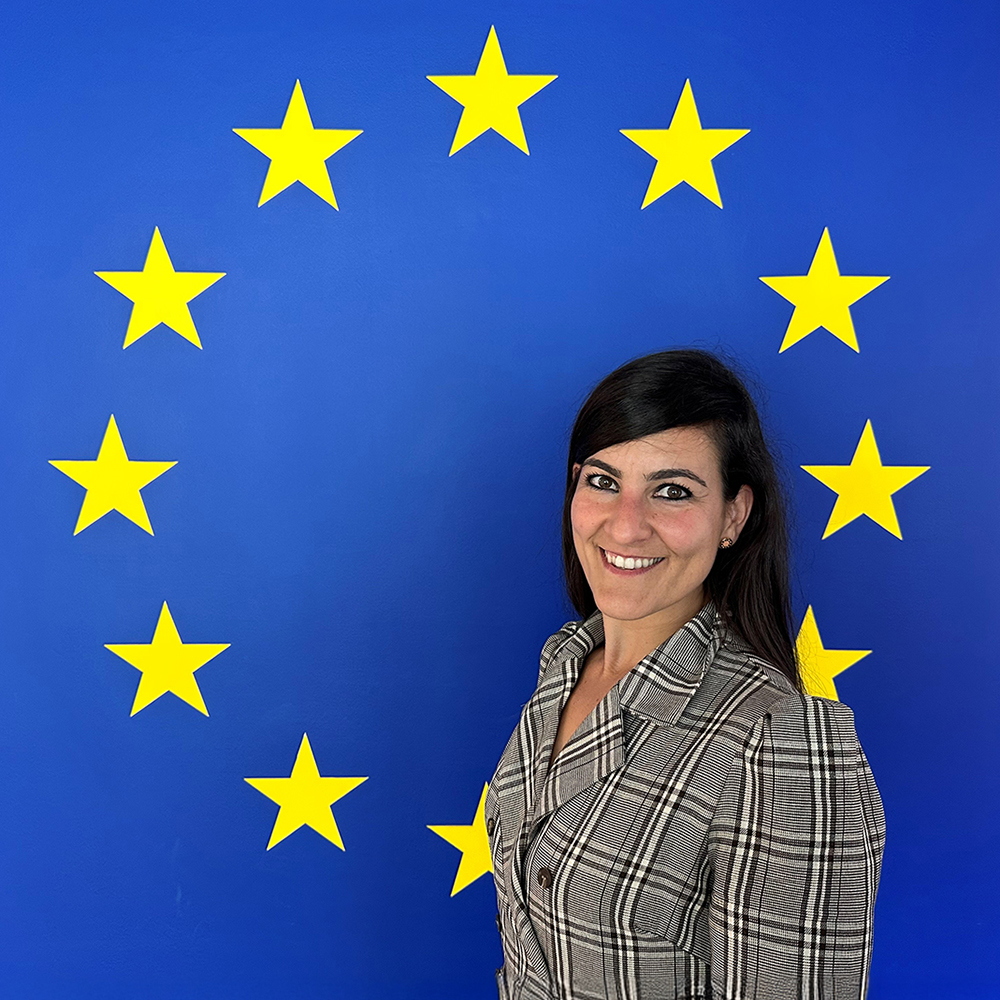Text: Thomas Masuch
The economic situation in additive manufacturing is currently characterized by some uncertainty. How do you assess the current climate?
A somewhat subdued mood can also be felt in other industries, but that doesn't mean AM has lost its drive. On the contrary: the raison d'être of AM continues to grow, as do the areas of application.
What makes you so optimistic?
We have a huge customer base and are noticing that there are more and more so-called critical missions – in other words, solutions that are used directly for the production of components. There is also less of a drop in demand here in difficult times because unlike in prototyping, where it’s possible to conserve resources, customers have to keep producing. At the same time, we continue to see enormous growth opportunities for Additive Manufacturing. Around 40% of all prototypes are already 3D-printed, for example, compared to only 0.5% in the tools and fixtures sector. I see huge potential in that area alone. That’s not even factoring in the manufacturing sector, where the share of additive manufacturing is still very minimal at around just 0.05%.
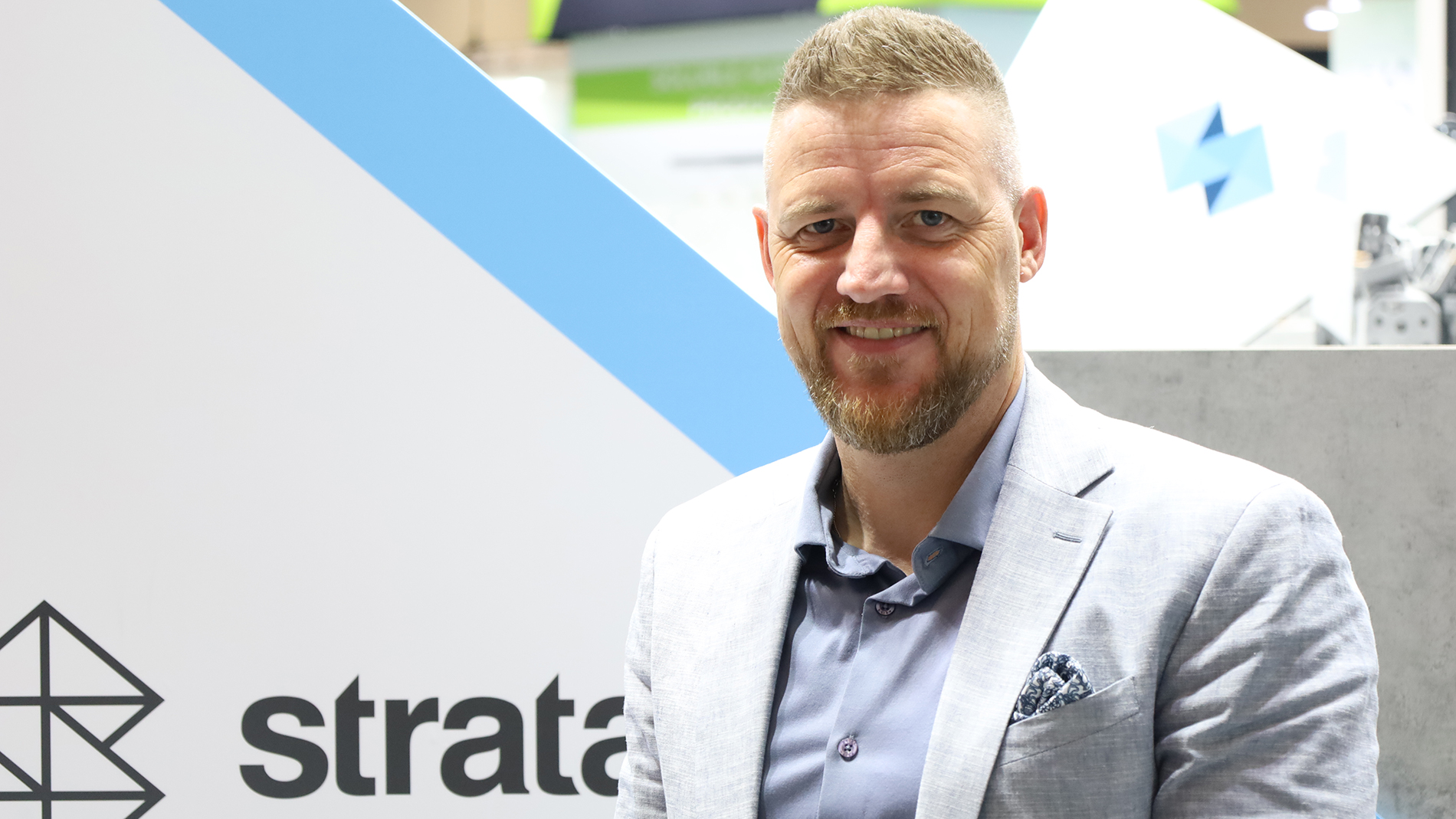
Nevertheless, the situation is not quite so rosy for some companies, although certainly not for the majority....
There will certainly be a shakeout; that’s normal, and not everyone will survive. However, we’re very optimistic, as you can see from the fact that we invest US$90–110 million in research and development every year.
Taking Formnext 2024 as an indicator of future trends in the AM industry, a number of important developments are emerging. One of them is the increasing importance of automation. How will the AM world benefit from this?
Automation in Additive Manufacturing often looks like robots picking something up. In my view, however, it's important to automate in sensible ways, and it doesn't always have to be full automation. Ultimately, you need a solution that keeps component costs as low as possible. The robustness of the systems used is also an important factor here.
Sustainability continues to be another important issue. What developments are you seeing here?
As a rule, companies don't see sustainability as an end in itself; they ask themselves the question: How can I earn money with it? There are several options here, some of which vary from region to region. In Italy, for example, there are tax breaks for investments in lower energy consumption. Some companies have defined sustainability as a key performance indicator (KPI). The return on investment then results from whether you save enough CO2 or other resources.
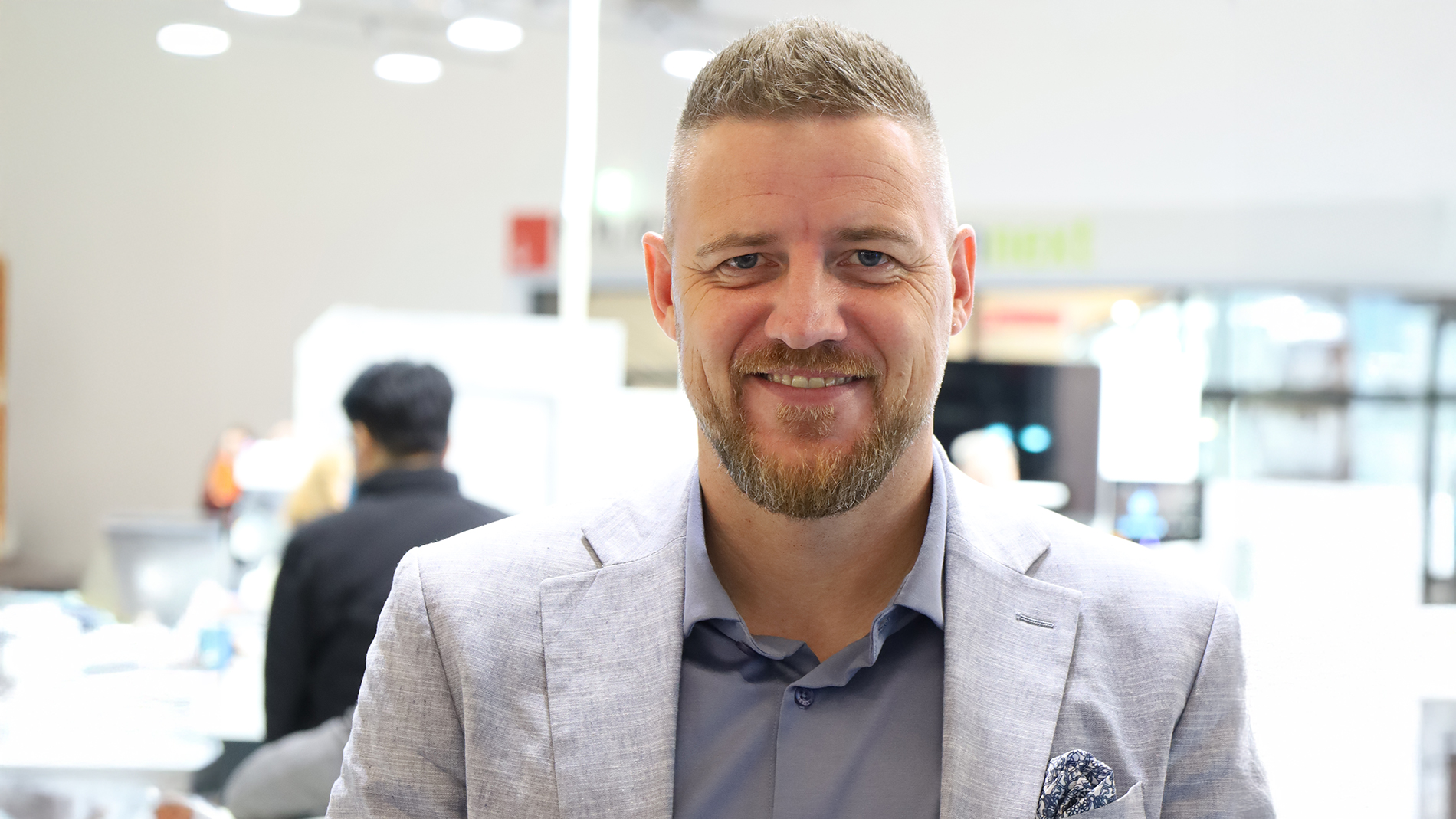
In your opinion, which other fields are showing exciting developments?
One example is the fashion sector, which has developed into a serious niche – thanks in particular to 3D printing on fabrics. Collaborations are also playing an increasingly important role: We’re working with AM Craft, for example, a young company from the aircraft industry that uses our technology to produce components for aircraft interiors.
Mr. Langfeld, thank you very much for speaking with us.


